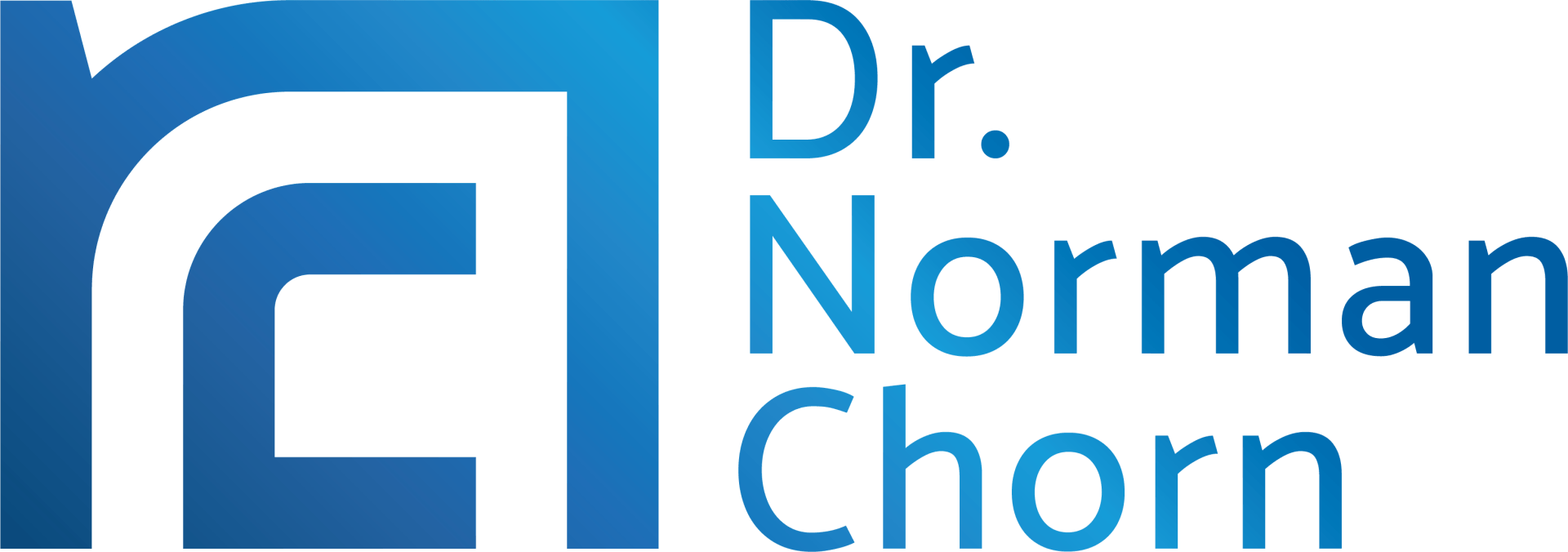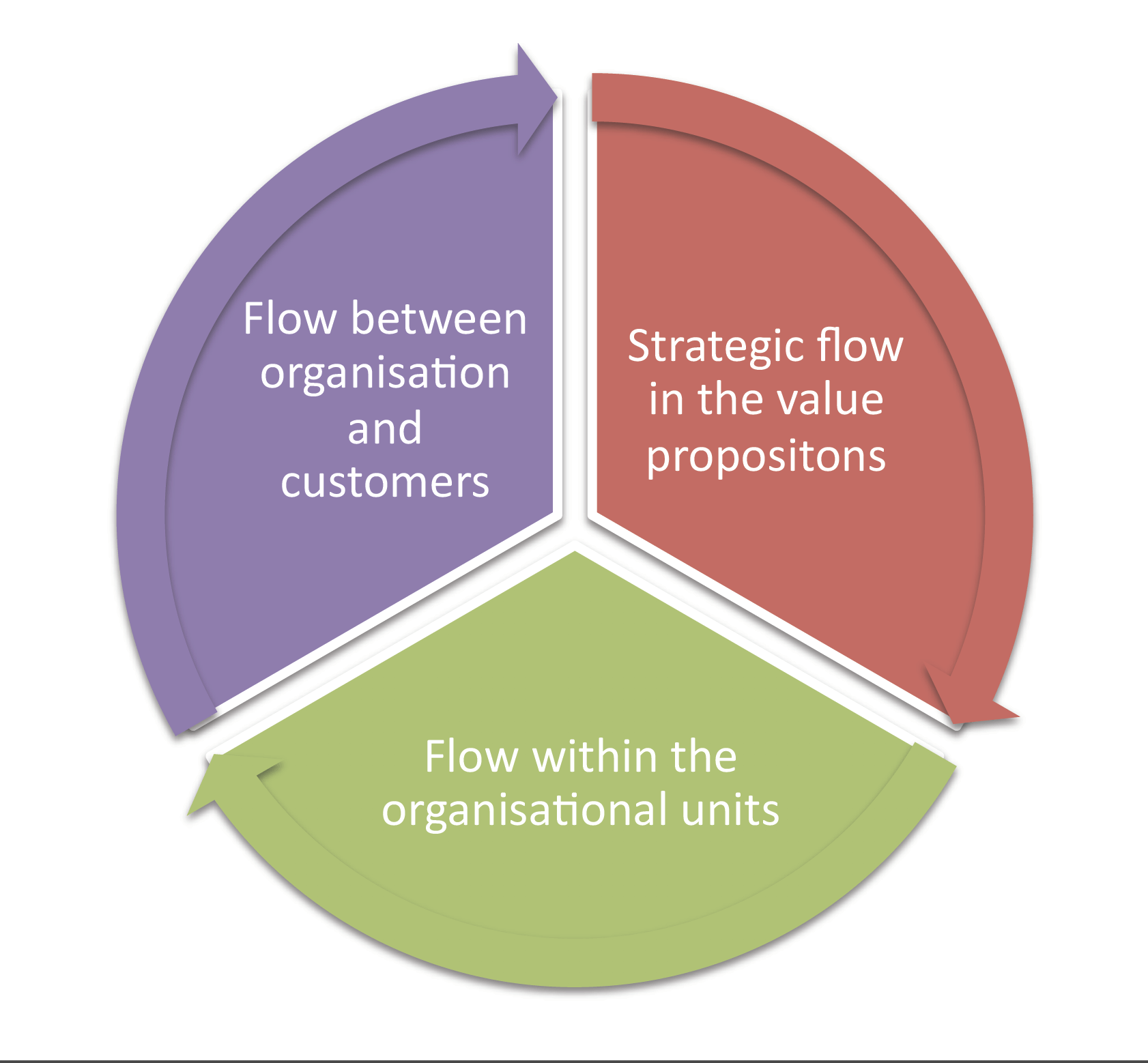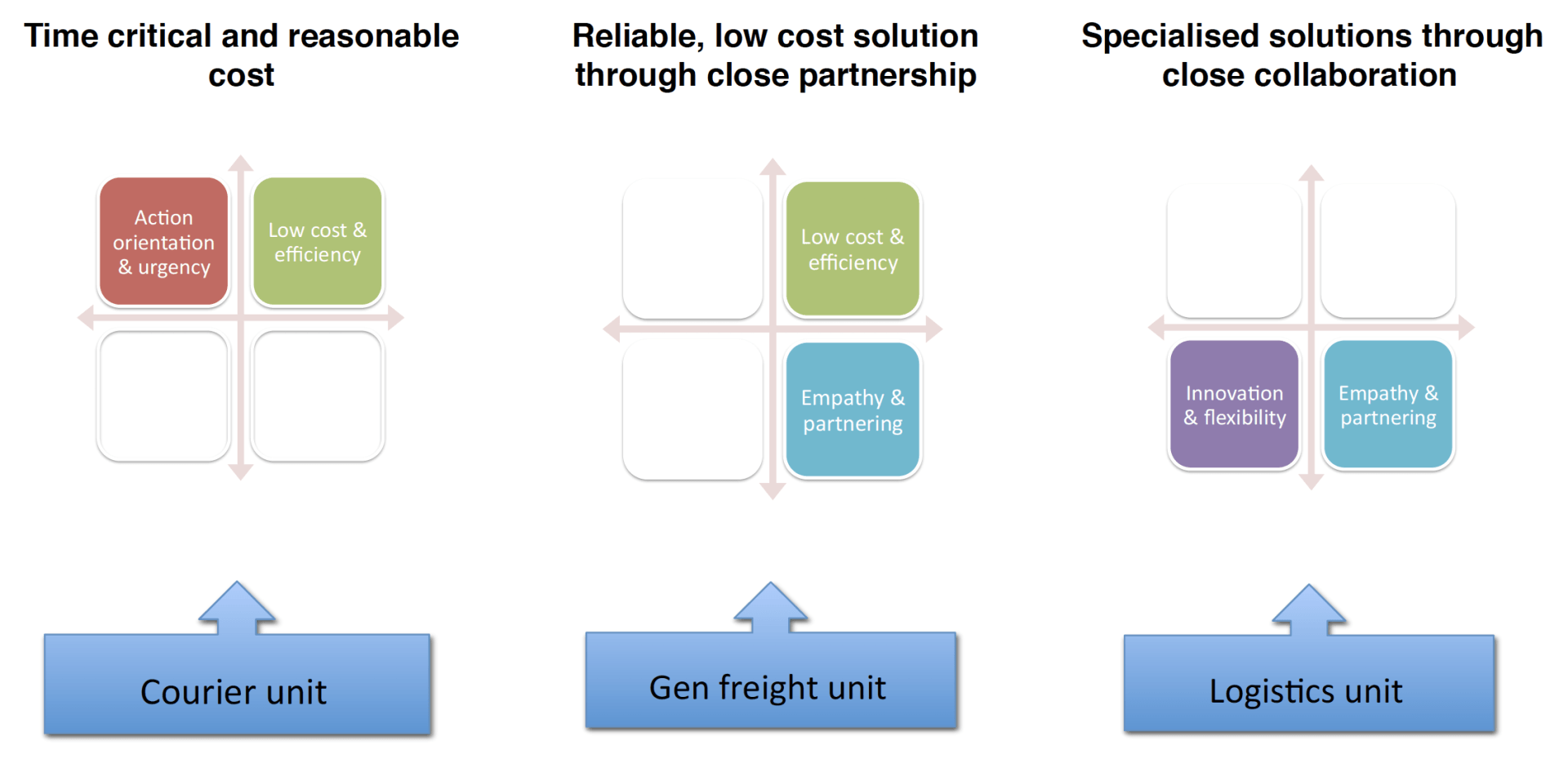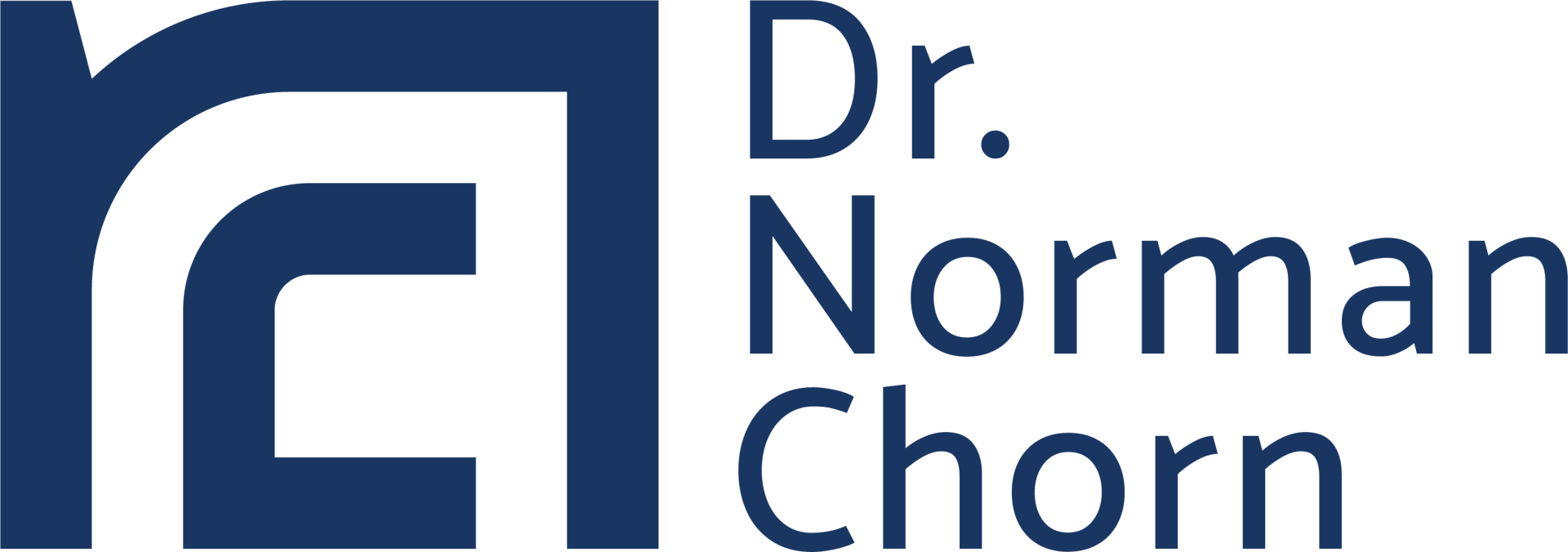Pursuing strategic objectives often results in us trying to undertake conflicting goals.
But often, these goals can be reframed and successfully achieved
Are we pursuing conflicting objectives?
My last newsletter spoke about using centralised and standardised shared services as a means of addressing multiple customer groups and keeping operating costs down. We referred to the resultant increase in failure demand as the organisation is unable to absorb the customers’ demands for variety - and is then engaged in rework. This often results in an increase in total costs and a reduction in customer satisfaction (1).
This is a pervasive problem in many organisations, one that has prompted some commentators to conclude that the two goals - customer focus and operational efficiency - represent conflicting priorities within an organisation.
Sadly, simply recognising this does nothing to resolve the real challenge that many leaders face - how to respond to multiple customer needs without an unacceptable blow out in operating costs.
Organisational “flow” may offer new insights
The challenge is to focus on the enablers of both customer focus and operational efficiency. Often, customer focus is viewed as an external orientation in the culture, while operational efficiency is seen as internal. This often forces leaders into making difficult choices in setting up and managing their enterprises.
By recognising that flow (2) is a key enabler of both customer focus and operational efficiency, we can explore the opportunity for building an organisation that produces good operational efficiency while displaying high customer focus across multiple customer groups.
A customer-winning organisation that is designed to win and keep customers, and is still cost competitive.
Three enablers of customer focus and operational efficiency
The enablers that build a customer-winning organisation are related to flow in the processes and value propositions delivered by an organisation. These are:
- the flow between the organisation and its key customer groups
- the strategic flow in the key value propositions - and their propensity to develop competitive advantage
- the flow within the key organisational units:
1. Flow between the organisation and its key customer groups
The critical factor here is to create a sympathetic flow between the customer demands and the organisation’s propensity to respond.
In my newsletter “Winning and keeping customers in a changing market”, I advocated using a behaviour-based segmentation approach where we segment the customers on their patterns of behaviour instead of the traditional demographic approach.
Once the key segments have been defined, we create a customer-interface unit that is responsible for delivering the relevant service to each of the key segments. But this is more than just an account management function - it is a unit of the organisation that is responsible for bundling the various elements of the service to the customer. And it delivers these services in a style and culture that is sympathetic to the behavioural needs of the customer group.
Because the style and culture of each unit is sympathetic to the customer group it serves, there is an economy of flow between each of the units and its customer group. As a consequence of this:
- each unit’s processes match the customer requirements and are so able to absorb their demand with a minimum of handovers and complexity
- failure demand is reduced and the overall cost of servicing the customer group is lowered.
2. Strategic flow within the value propositions of the organisation
The organisation produces customer-winning service when two conditions are met:
- the value proposition within each customer-interface unit matches the needs and behavioural style of the customer group in a unique way. This is about delivering a service that adds value and solves customers’ problems
- there is strategic flow in the execution of the value proposition. This flow is produced when all the resources and capabilities within the unit are aligned to the value proposition.
It is the latter condition we are focused on here.
Strategic flow occurs when you have made the requisite choices and trade-offs in the configuration of the organisational unit’s resources and capabilities.
Importantly, strategic flow, and the resultant “excellence” that is produced, will deliver competitive advantage as the organisation outperforms its competitors in the way that it meets the needs of its customers.
As the diagram below depicts, a speed and fast response is enabled when the structure is flat and staff are highly empowered, and so on.
A further point worth noting is that strategic flow and competitive advantage are associated with focus in the organisational unit’s configuration. In this sense, focus represents a deliberate imbalance and trade-off in the way the unit is designed and configured. For example, we can’t be fast and highly responsive if we are also highly consultative and participative in our decision-making, and vice versa.
3. Economy of flow across the organisation’s processes
As I wrote in my previous newsletter, economy of flow is the application of lean thinking whereby waste is eliminated by improving the flow through the various processes of the organisation. This is achieved by aligning the resources and processes of the customer interface units with the problems and solutions required by their respective customer groups.
But what of the resources and capabilities in the rest of the organisation that are not usually considered part of a customer-interface unit? I am speaking here of the traditional “support” activities that are often considered to be candidates for a centralised services initiative.
The current vogue is to strip out all of these “support activities” from the customer interface units and set them up as a set of standardised shared services facilities - often named as “corporate services”. As my previous newsletter outlined, the assumption is that we should then be able to achieve some cost savings via the resultant economies of scale.
However, as we saw, this often results in an increase in failure demand as a result of the complexity in the handover processes. So, is there any merit in setting up centralised service facilities in a knowledge-based service organisation? Of course there is, provided we pay attention to a few important principles in the way we do it.
In general, we want to ensure there is an optimum economy of flow through the key processes within the organisation. Accordingly, it is best to embed all processes within the customer-interface unit that are closely associated with the solving of the customer problems and adding of value to the customer.
This reduces the complexity of integration and propensity for failure demand. Even though some duplication of facilities might occur, this is still likely to reduce the total costs, because the organisation can meet the customers’ needs first time and there is limited need for rework and handovers.
In certain cases, however, centralised services are warranted. This is because, for example, the resource is scarce or it cannot achieve critical mass when devolved through the organisation. In these cases, there are some principles that can be followed to minimise the chance of failure demand and an increase in total costs. These include:
- ensure that the service is not a critical part of the value chain that the customer interface unit relies on to deliver its value proposition. Doing so may impair the ability of the unit to absorb the variations in customer demand
- ensure that the customer-interface unit doesn’t lose control of the customer interface. This defeats the object of having the customer-interface unit in the first place and impairs the quality of the customer service
- ensure that the “strategic logic” of the units served (by the shared service) are not too different. For example, if unit A is involved in a fast response strategy and unit B is delivering a slower, more precise and low cost strategy, their requirements for the delivery of the “standardised” shared service will be quite different. A standardised service is unlikely to meet both sets of needs to the same standard, thereby increasing failure demand and internal costs.
Enabling customer focus and operational efficiency
As the analysis suggests, it is possible to deliver several value propositions across different customer groups and still achieve operational efficiency. Rather than viewing these objectives as opposing mindsets and focuses within an organisation, we can address their common enablers - the achievement of strategic flow through the organisation.
An appropriate approach to setting up shared services can facilitate this and - despite some apparent duplication of services - still reduce the total costs of servicing customers. And the ability to absorb the inevitable variations in customer demand will produce better customer service and customer satisfaction.
(1) I reflect on my own attempts to resolve a billing issue with the centralised billing facility at my ISP
(2) See my previous newsletter "Economy of scale is a myth" for a definition of flow and how it reduces waste within an organisation
About the Author
Dr Norman Chorn is a highly experienced business strategist helping organisations and individuals be resilient and adaptive for an uncertain future. Well known to many as the ‘business doctor’!
By integrating the principles of neuroscience with strategy and economics Norman achieves innovative approaches to achieve peak performance within organisations. He specialises in creating strategy for the rapidly changing and uncertain future and can help you and your organisation.
Subscribe to our regular articles, insights and thought leadership







